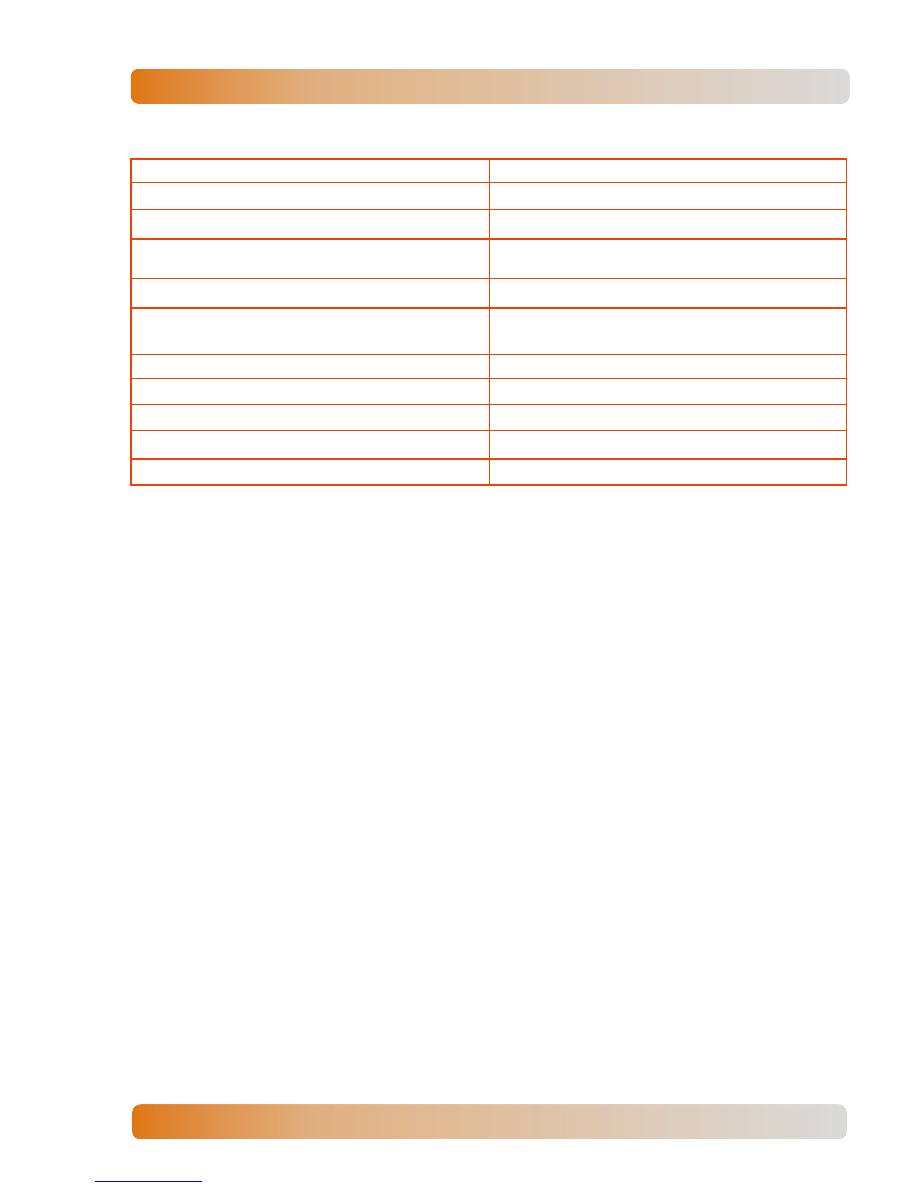Engine International HS 2.8L. Manual - part 3

1 5
International HS 2.8L
Operation and Maintenance Recommendations
8120081 - 05/02 - Service Manual
INTERNATIONAL ENGINES
INSTALLATION REVISION
ITEM
CHECK
Alternator belt
Tension
Water and lubricant oil
Level (complete if necessary)
General performance
Operation temperature and speed at
maximum load
Intake system
Intake air temperature and restriction
Fuel system circuit
If the piping is unobstructed and free of vibrations,
extreme heat areas and leakages occurrences
Exhaust system
If there isn’t restriction to the exhaust gases
Command system
Accelerator course
Engine fixation
Alignment among engine and transmition
Instrument panel
Indicators, warning lamps and sensors functioning
Cooling system
Radiator, hoses, piping and clamp conditions